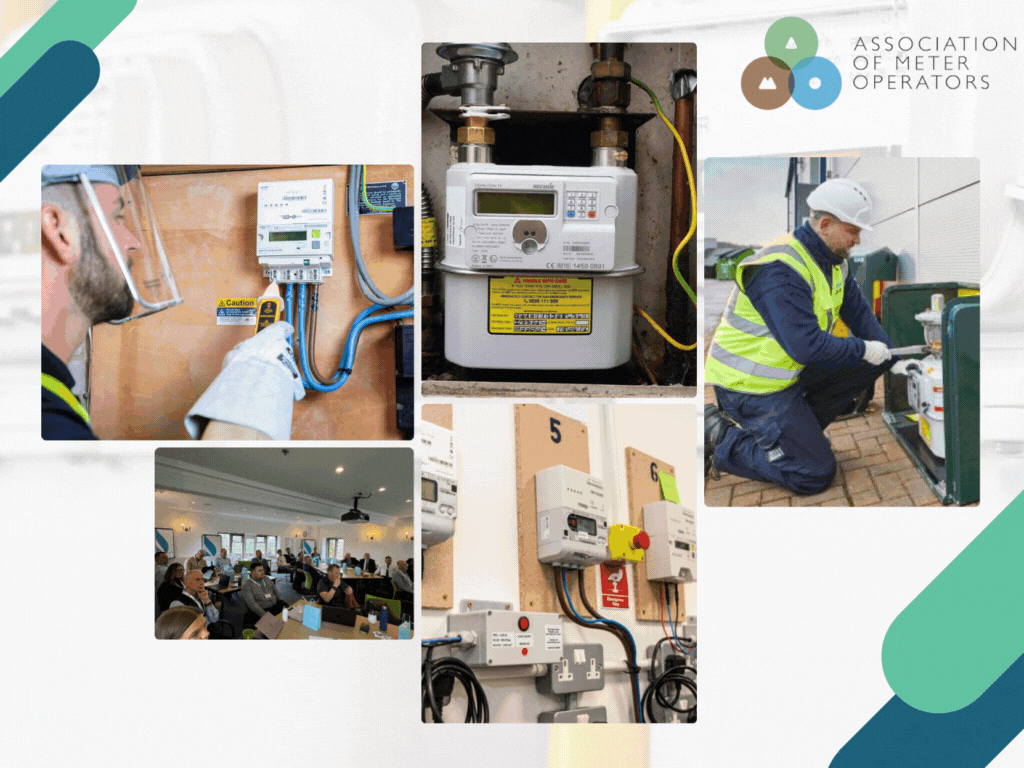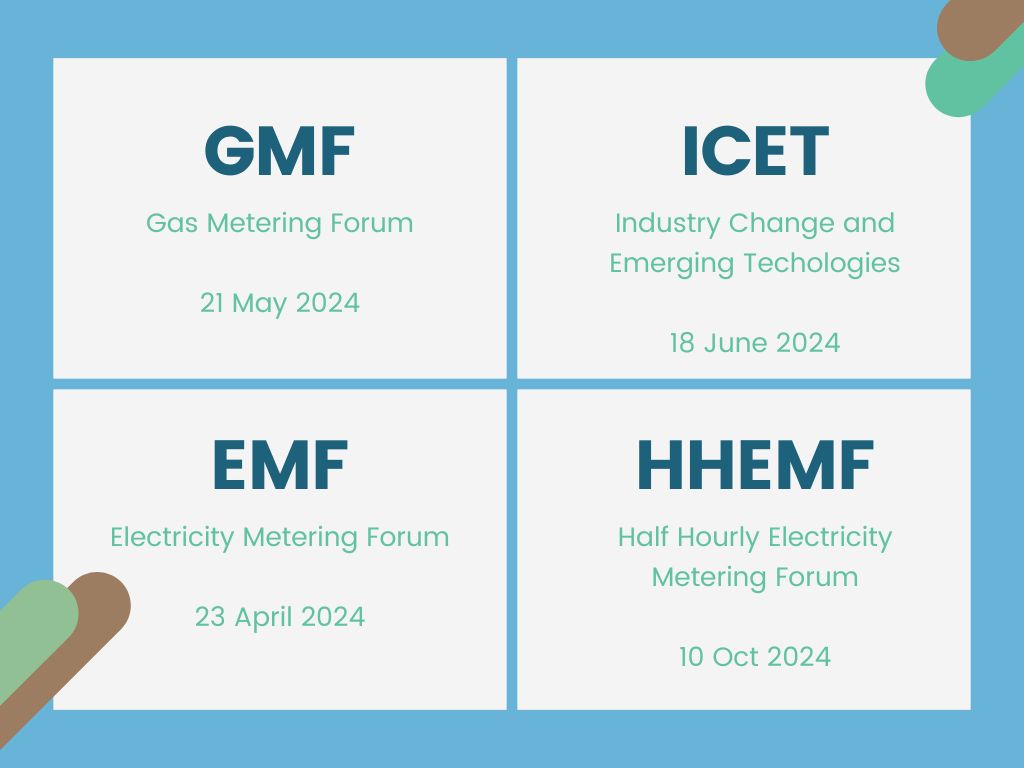It’s that time of the year again – we’re diving headfirst into a fresh membership year here at AMO! 🌟
As we gear up for another incredible year of growth, collaboration, and networking, we want to extend a warm invitation to both our existing members and potential new members. 🚀
If you’re not already part of our association, now is the perfect time to join. Whether you’re a seasoned company or a new entrant in our industry, there’s a place for you here at AMO. Take advantage of this opportunity to connect with like-minded organisations, access valuable resources, and elevate your metering journey.
Ready to take the plunge? Contact amo@gemserv.com Team to learn more about membership benefits and sign up today!



